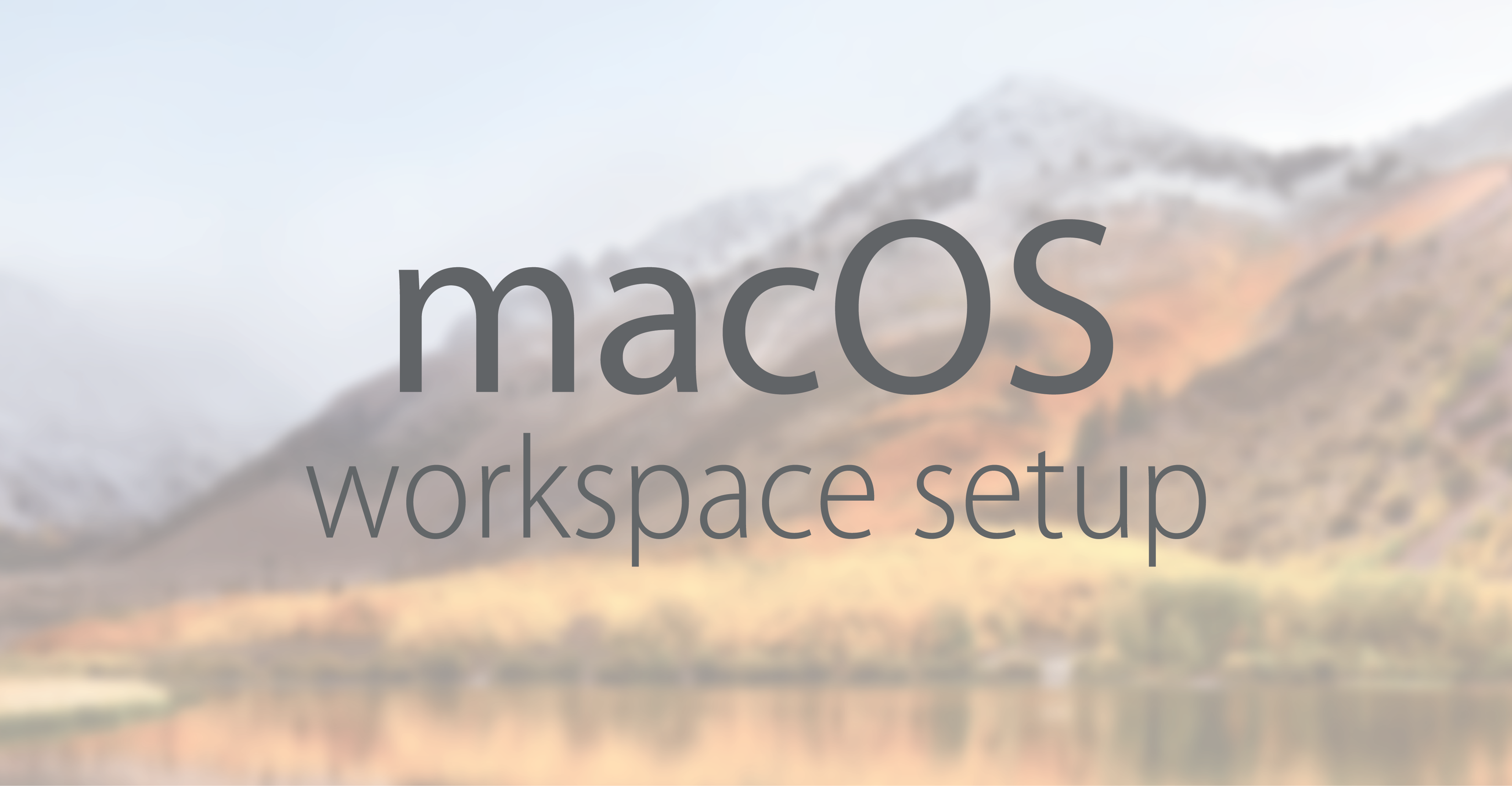In this tutorial we will learn to install PostgreSQL database on Mac using Homebrew.
Prerequisite
It is assumed that you have Homebrew installed on your Mac.
Install Homebrew Macos 11
Mac OS comes with Bash version 3 which is quite limiting and lack key features like the bash associative arrays, improved auto-completion, better Posix conformance, etc. This post cover simple steps on how to upgrade bash on MacOS. Homebrew is a popular package manager for Mac that easily allows users to install and manage command line tools, apps, and utilities, typically familiar with the Linux and Unix world. Because it’s a package manager, you won’t need to manually build anything from source either. Install homebrew in Mac OSX 10.14.2 Mojave. Tagged with mac, install, homebrew. Homebrew: Your CLT does not support macOS 11.0. Ask Question Asked 6 months ago. Active 6 days ago. Viewed 87k times 171. Homebrew complements macOS (or your Linux system). Install your RubyGems with gem and their dependencies with brew. “To install, drag this icon” no more. Homebrew Cask installs macOS apps, fonts and plugins and other non-open source software.
If you don't have Homebrew installed on your Mac then open Terminal and run the following command.
You can visit Homebrew official website https://brew.sh to learn more about it.
Once you have Homebrew (a.k.a. brew) installed on your machine you can run the following command in the Terminal to check the version.
To update run the following command.
Alright, time to install PostgreSQL on Mac.
Install PostgreSQL using Homebrew
In Terminal run the following command to install PostgreSQL on Mac using Homebrew.
We can check the version of PostgreSQL using the psql command.

Start PostgreSQL
To start PostgreSQL run the following command in the Terminal.
We will get a similar output shown below.
Stop PostgreSQL
To stop PostgreSQL run the following command in the Terminal.
We will get a similar output.
Restart PostgreSQL
To restart PostgreSQL run the following command in the Terminal.
We will get a similar output as shown below.
Login to PostgreSQL database
By default we will get a database by the name postgres. So, to connect to it we will run the following command.
We will see the following output.
List all the users
To list all the users we use the du command.
List all the databases
Homebrew Macos 11 Beta
To list all the databases run the l command.

Create a database
To create a database run the following command. In the given example mydb is the name of the database.
Connect to a database
To connect to a database use the c command.
List all the tables inside a database
To list all the tables inside a database we run the d command.
Note! If there is no table then we will get a prompt stating no relations found.
Let us go ahead and create a simple users table inside the mydb database and try the above command again.
Create table
In the following example we are creating a simple users table.
Now if we list the tables using the d command we will get the table.
Brew Macos 11.2
How to exit from psql?
Brew Macos 11.1
To exit or quit from psql type the q command.
Homebrew Macos 11.2
Alright, this brings us to the end of this tutorial. Hope you found it useful. Please share this tutorial if it was helpful. See you in the next tutorial. Have fun developing :-)
